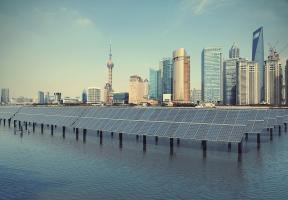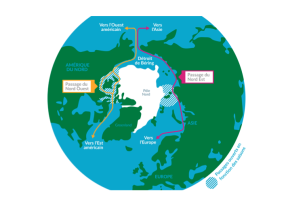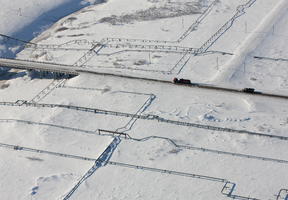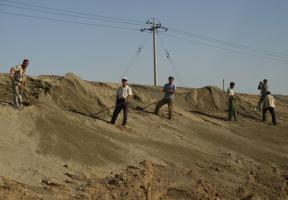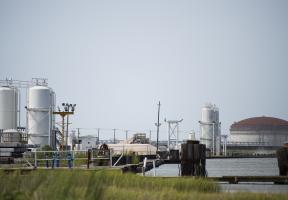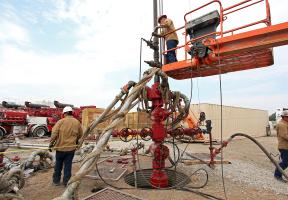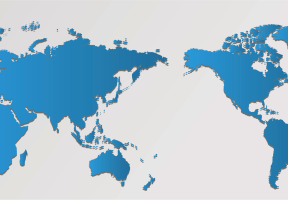Waste is Worth a Whole Lot of Energy
10 min read
Waste generated by human activity increased dramatically with the Industrial Revolution in the 19th century and the birth of the consumer society in the 20th century. While it may have a negative connotation, “waste” needn’t be a dirty word. Waste can be reduced right from manufacturing stage, converted into other products and also be a major source of energy.

© Pascal Laurent - TotalEnergies - BioGasconha, biomethane plant in south-west France
Waste comes from a wide variety of sources. The mining, construction, automotive and nuclear industries all produce different forms of waste that need to be treated in highly specific ways. Many other types of waste, such as municipal waste, combustible materials and biodegradables, can be recycled or converted to energy through or .
Waste management is a coordinated process that depends on corporate innovation, government regulation and the environmentally responsible behavior of average citizens.
Recycling
Individual consumers can play a critical role in the chain by collecting and sorting what they can no longer use, packaging in particular. Many materials — including glass, paper, cardboard, steel from canned goods, aluminum from new forms of packaging and plastic materials of all types — can be reprocessed and reintroduced into the manufacturing circuit to live a second life.
When it comes to plastics, the European industry has set itself a clear target: to reduce landfill disposal to zero. Some European countries are very close to this target, such as Germany and the Scandinavian countries, while others, such as France, are underperforming.
Waste Methanation
Organic animal and plant matter from municipal waste, agriculture and agro-industry as well as sewage sludge from wastewater treatment plants can be fermented to produce , a mixture of gases mostly consisting of methane that can be used to provide , or automotive .
The advantage of the methanation process is that it can be scaled up or down to meet diverse needs, we distinguish mainly:
- Agricultural methanizers, which process between 10,000 t and 30,000 t of agricultural inputs per year, with an average electrical equivalent production of around 15 GWh/year
- Industrial methanizers, which process inputs from several industrial activities and can handle larger quantities. For example, the Penkun plant in Germany has 40 digesters and processes 350,000 tonnes of cereals and 50,000 tonnes of slurry every year. It provides the equivalent of the annual consumption of 40,000 households.
Incineration
When they can’t be reused, many types of waste can be incinerated to produce energy in the form of electricity or power. Examples include municipal waste, agricultural and agro-industry waste and industrial waste such as tar and used solvents.
Here again, the pay-offs are considerable. In Denmark, for example, thirty plants process 3.5 million tons of waste every year. The biggest is in Copenhagen, where a giant incinerator burns 70 tonnes of waste an hour.
Africa is also starting to produce electricity from municipal waste. Morocco inaugurated its first municipal waste-fired power plant in 2010.
Name three methods for recovering waste.
Recycling, methanization, incineration.
Does the consumer have a role to play in waste management?
Yes, by producing less!


